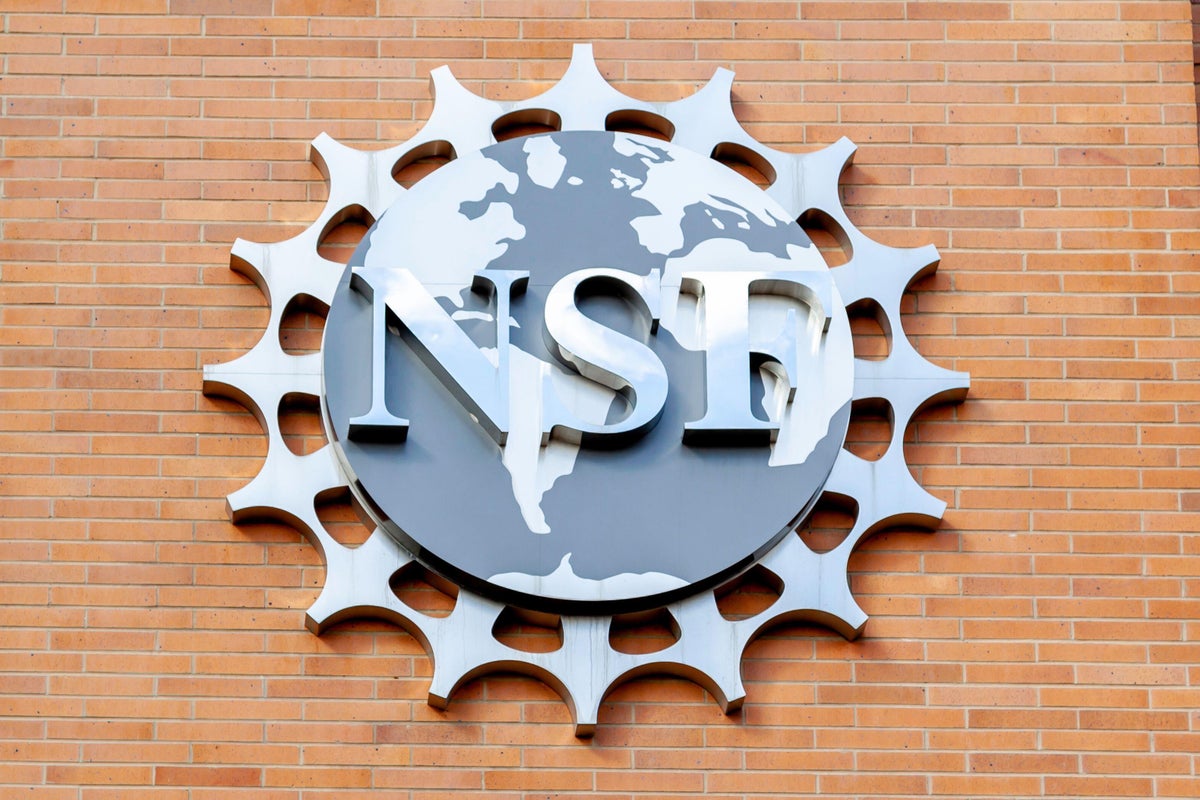Now Reading: U.S. Introduces New Rules for Self-Driving Cars: Why It Matters
-
01
U.S. Introduces New Rules for Self-Driving Cars: Why It Matters
U.S. Introduces New Rules for Self-Driving Cars: Why It Matters

Quick Summary
- new U.S. Rules: On April 24, new regulations for autonomous vehicles were announced by the U.S. Department of Transportation, aiming to reduce crash reporting and widen domestic testing access for robo taxis.
- Crash Reporting Changes: Companies operating vehicles with automation Levels 2-5 must still report major incidents such as fatalities or pedestrian strikes within five days but can exclude minor property damage from level 2 systems like TeslaS Full Self-Driving.
- Confidentiality Update: Manufacturers can now request withholding details such as operating conditions during crashes and software version used. Critics argue this limits openness for researchers studying autonomous vehicle performance.
- Domestic Testing Waiver Expansion: Domestic automakers may obtain exemptions similar to those of foreign experimental vehicles, reducing hurdles that previously prompted testing overseas.
- Supporters vs. Skeptics: Proponents claim this will spur innovation and ease burdens on manufacturers; critics worry it reduces oversight, blunts early warnings of issues, and strains regulatory resources amid budget limitations.
Indian Opinion Analysis
For India-where road safety issues persist alongside burgeoning interests in electric and automated driving solutions-the U.S.’s revised framework reflects readiness to prioritize competitiveness over exhaustive regulation. While India’s landscape differs substantially in road complexity and vehicle infrastructure, the implications are clear: simplifying rules could accelerate domestic development but may risk safety oversight.
the broader takeaway is a pragmatic balancing act between nurturing innovation and preserving public trust in automation technologies-a lesson applicable globally as India builds its own expertise in autonomous systems. such measures also highlight how geopolitical competition (e.g., with China) influences rule-setting decisions that ripple across industries worldwide.
India might look to these developments when considering its own standards for automation while ensuring extensive safety protocols amidst rapidly advancing technology adoption locally.



























